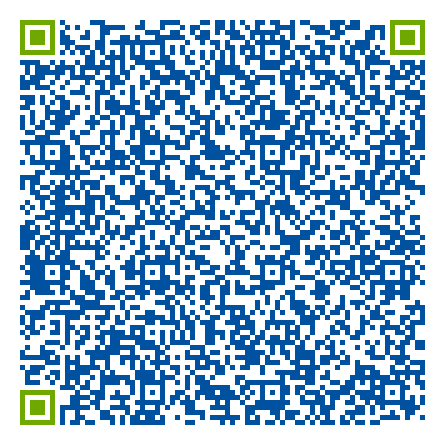Non-oxy delafossite magnet AgCrSe2: Magnetic frustration, short range correlations, and field-tuned anisotropic cycloidal magnetic order
- Date
- Jul 5, 2022
- Time
- 2:50 PM - 4:20 PM
- Speaker
- Michael Baenitz
- Affiliation
- MPI-CPfS
- Language
- en
- Main Topic
- Physik
- Other Topics
- Physik
- Host
- D. Peets
- Description
Abstract:
In contrast to Cr-based oxy delafossites with predominant antiferromagnetic (afm) nearest neighbor interaction in the planar Heisenberg triangular lattice, AgCrSe2 as a representative of the non-oxy delafosites is characterized by competing interactions (ferromagnetic nearest-neighbor vs afm third-neighbor interactions). Due to these competing interactions, the magnetism in AgCrSe2 can be tuned by relatively small, experimentally accessible magnetic fields, allowing us to establish the complete anisotropic magnetic H-T phase diagram in great detail. So far, there are only a few single-crystal studies of Cr-based non-oxy (S,Se,Te) delafossites. We were able to successfully grow large AgCrSe2 single crystals by chemical vapor transport at the MPI-CPfS. The crystals have been carefully characterized and studied by magnetic susceptibility, magnetization, specific heat, and thermal expansion. In addition, we used Cr-electron spin resonance and neutron diffraction to probe the Cr 3d3 magnetism microscopically. Our studies evidence an anisotropic magnetic order below TN = 32 K. Studies in collaboration with the Rossendorf High Field Laboratory and the ISIS Neutron and Muon Facility (Oxford, UK) demonstrate anisotropic cycloidal magnetic ordering with unusual extended two-dimensional fluctuations [1]. Previously unpublished magnetization measurements below 1 T indicate the presence of domains which may have a chiral spin texture. This would also explain the unconventional anomalous Hall effect. In contrast to the oxy delafossites (with R-3m space group), the non-oxy delafossites have a reduced symmetry space group (R3m) which allows antisymmetric interactions (Dzyaloshinskii-Moriya). Possibly this plays a role in small fields. In this respect, small-angle neutron-scattering experiments (SANS) in small magnetic fields are of particular interest in the future.
M. Baenitz et al. Phys. Rev. B 104, 134410 (2021)
Room: REC/C213
BigBlueButton:
https://selfservice.zih.tu-dresden.de/l/link.php?m=175898&p=ef0deb8e (https://selfservice.zih.tu-dresden.de/l/link.php?m=175898&p=ef0deb8e) (TUD)https://selfservice.zih.tu-dresden.de/link.php?m=175898&p=c1315b84 (https://selfservice.zih.tu-dresden.de/link.php?m=175898&p=c1315b84) (External)
- Links
Last modified: Jul 5, 2022, 12:08:12 AM
Location
- Homepage
- https://navigator.tu-dresden.de/
Organizer
- Phone
- +49 351 463-33378
- Fax
- +49 351 463-37109
- TUD Physik
- Homepage
- http://tu-dresden.de/die_tu_dresden/fakultaeten/fakultaet_mathematik_und_naturwissenschaften/fachrichtung_physik
- Biology
- Chemistry
- Civil Eng., Architecture
- Computer Science
- Economics
- Electrical and Computer Eng.
- Environmental Sciences
- for Pupils
- Law
- Linguistics, Literature and Culture
- Materials
- Mathematics
- Mechanical Engineering
- Medicine
- Physics
- Psychology
- Society, Philosophy, Education
- Spin-off/Transfer
- Traffic
- Training
- Welcome


